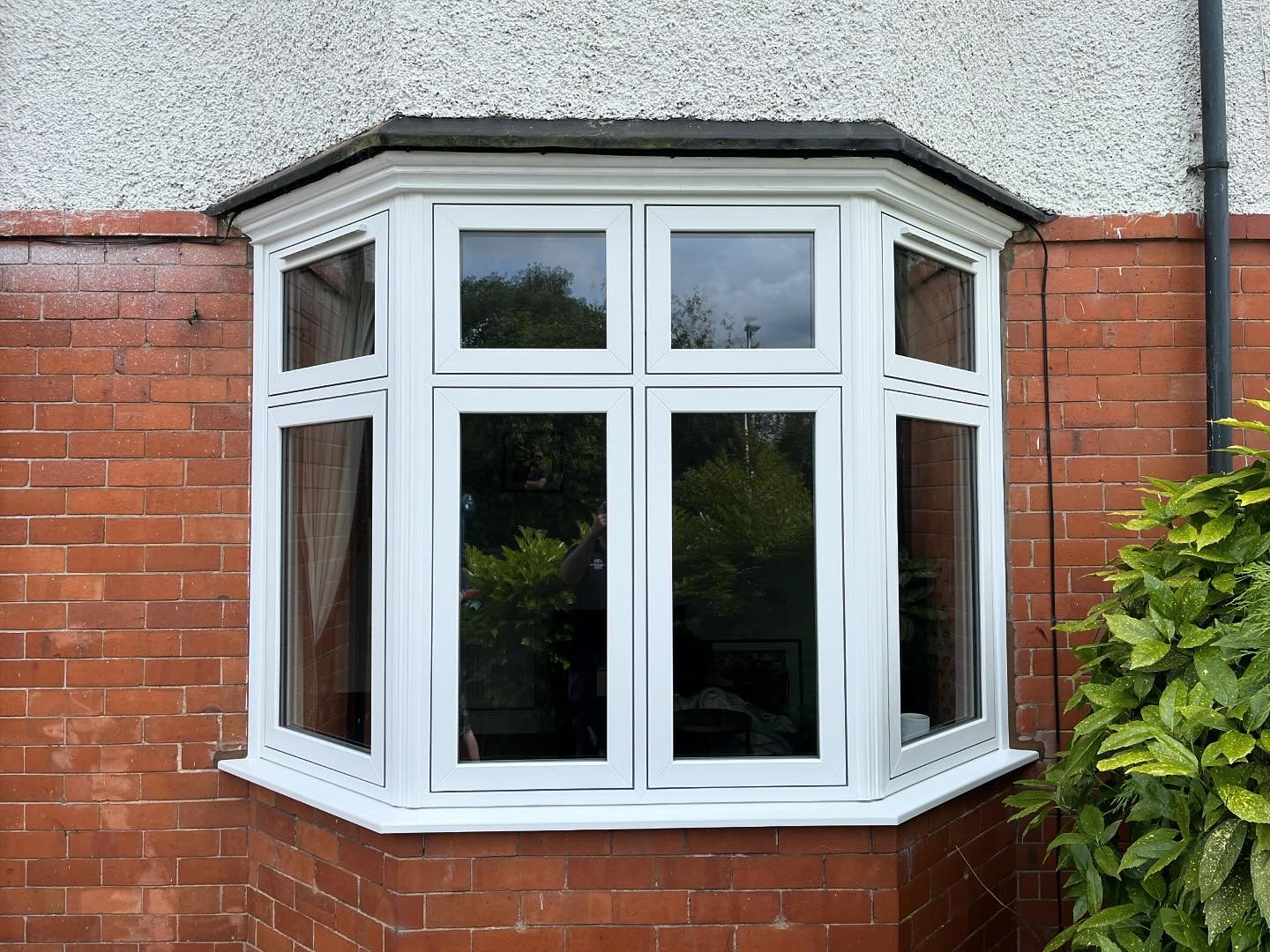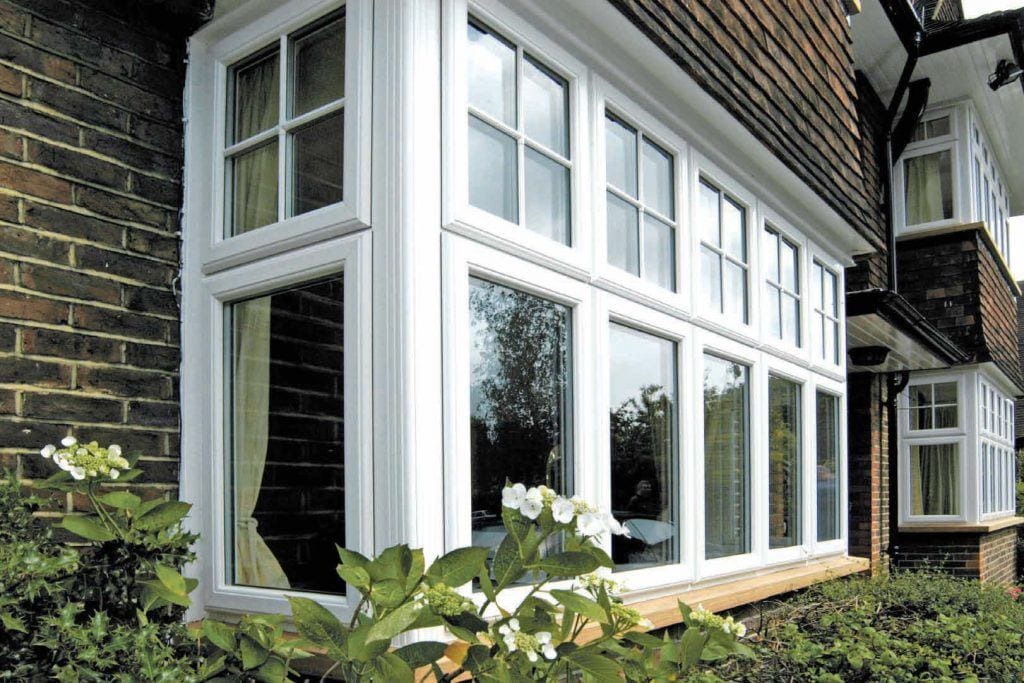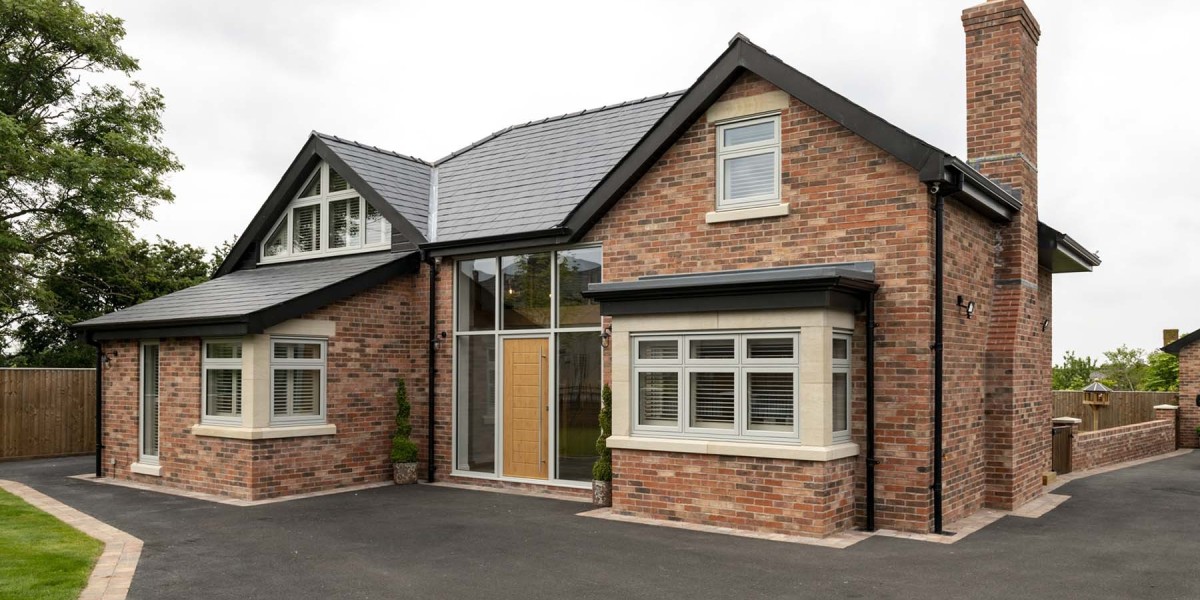Introduction
The evolution of windows has played a crucial role in architecture, energy efficiency, and indoor comfort. Traditionally viewed merely as openings in walls, windows have transformed into sophisticated components that enhance aesthetics, functionality, and sustainability in buildings. This report delves into the latest innovations in window technology, design trends, and their implications for energy efficiency and environmental sustainability.
Historical Context
Historically, windows have evolved from simple openings covered with animal hides or wooden shutters to the advanced glazing systems of today. The introduction of Ideal Glass in windows during the Roman Empire marked a significant turning point, allowing for greater light penetration while providing some protection from the elements. Over the centuries, advancements in materials and manufacturing processes have led to the development of various window types, including single-pane, double-pane, and triple-pane windows, each offering different levels of insulation and energy efficiency.
Innovations in Window Technology
1. Energy-Efficient Glazing
One of the most significant advancements in window technology is the development of energy-efficient glazing. Low-emissivity (Low-E) coatings are a notable example, reflecting heat back into the room during winter while keeping it out during summer. This technology significantly reduces heating and cooling costs, making homes more energy-efficient.
2. Smart Windows
Smart windows are at the forefront of innovation, integrating technology that allows users to control the amount of light and heat entering a space. These windows utilize electrochromic or thermochromic technologies, which change their tint based on external conditions or user preferences. This not only enhances comfort but also contributes to energy savings by reducing reliance on artificial lighting and climate control systems.
3. Vacuum Insulated Windows (VIW)
Vacuum insulated windows use a vacuum between two panes of glass to minimize heat transfer, offering superior insulation compared to traditional double or triple glazing. This technology can significantly reduce energy costs and improve the overall comfort of a building.

4. Window Frames and Materials
The materials used in window frames have also evolved, with options such as fiberglass, vinyl, and composite materials gaining popularity due to their durability and energy efficiency. These materials are less prone to warping and provide better insulation than traditional wood frames. Additionally, advancements in manufacturing processes have enabled the creation of frames that require less maintenance and are more environmentally friendly.
Design Trends
1. Large and Expansive Windows
Modern architecture often embraces large, expansive windows that blur the line between indoor and outdoor spaces. This design trend not only enhances natural light but also provides breathtaking views and creates a more open, inviting atmosphere. However, these large windows require careful consideration of energy efficiency and thermal performance.
2. Minimalist Aesthetics
The minimalist design trend has influenced window design, leading to sleek, unobtrusive frames and a focus on maximizing glass surface area. This approach emphasizes simplicity and functionality, allowing the beauty of the surrounding environment to take center stage.
3. Customization and Personalization
Homeowners are increasingly seeking customized window solutions that reflect their personal style and meet their specific needs. Manufacturers are responding by offering a variety of shapes, sizes, colors, and finishes, allowing for greater personalization in window design.
Environmental Sustainability
As the world grapples with climate change and the need for sustainable practices, the window industry is making strides toward more environmentally friendly solutions. Energy-efficient windows not only lower energy consumption but also contribute to reduced greenhouse gas emissions. Furthermore, many manufacturers are adopting sustainable practices in their production processes, such as using recycled materials and minimizing waste.
Impact on Energy Efficiency
Windows are a critical component of a building’s energy performance. Poorly insulated windows can account for up to 25% of a building’s heat loss in winter and heat gain in summer. By investing in modern, energy-efficient windows, homeowners and builders can significantly reduce energy consumption and utility costs. In many cases, the initial investment in high-performance windows can be offset by long-term savings on energy bills.
Regulatory and Incentive Frameworks
Governments around the world are recognizing the importance of energy-efficient windows in achieving sustainability goals. Many regions have implemented building codes and standards that mandate the use of energy-efficient windows in new constructions and renovations. Additionally, various incentive programs, such as tax credits and rebates, encourage homeowners to upgrade to energy-efficient window systems.

Challenges and Considerations
Despite the advancements in window technology, several challenges remain. The initial cost of high-performance windows can be a barrier for some homeowners. Furthermore, the installation process requires skilled labor to ensure optimal performance and energy efficiency. Education and awareness campaigns are essential to inform consumers about the long-term benefits of investing in modern window systems.
Conclusion
The evolution of windows from simple openings to sophisticated energy-efficient systems reflects broader trends in architecture, sustainability, and technology. As innovations continue to emerge, windows will play an increasingly vital role in enhancing the comfort, aesthetics, and energy efficiency of buildings. With the growing emphasis on environmental sustainability, the future of windows looks promising, offering opportunities for improved living spaces and reduced energy consumption. As consumers become more informed about the benefits of modern windows, the demand for innovative and energy-efficient solutions will likely continue to rise, shaping the future of building design and construction.








